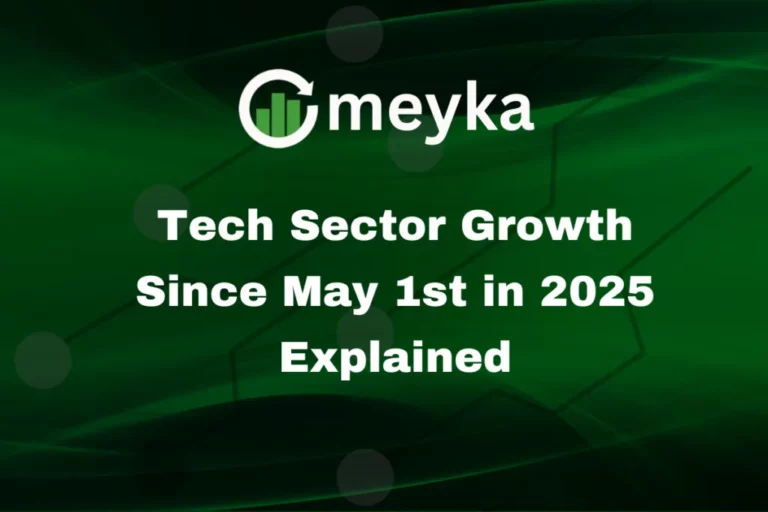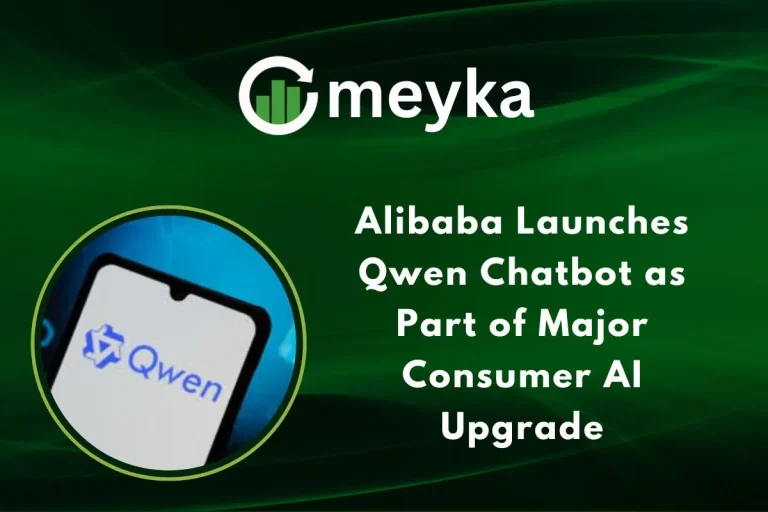Urban Company IPO Sees 35% GMP Ahead of Market Debut
The Urban Company IPO has captured strong investor attention as it moves closer to its much-awaited listing. With a 35% grey market premium (GMP) ahead of its debut, the company is being viewed as one of the most promising new-age firms to hit the Indian stock market in 2025.
Urban Company IPO Overview
Founded in 2014, Urban Company has become India’s leading tech-enabled home services platform, offering beauty, cleaning, appliance repair, and home maintenance. Its IPO is one of the largest in India’s gig economy, aiming to fund expansion, technology upgrades, and a stronger supply chain. With a 35% grey market premium (GMP), investors show strong confidence in its scalable consumer-tech model.
Financial Strength and Growth Outlook
Urban Company has shifted from a pure aggregator to a full-stack model, training and managing professionals to improve service quality. Heavy investments in AI, predictive scheduling, and stock research have cut costs and boosted efficiency.
Though still in its investment phase, rising urban demand and higher middle-class spending suggest profitability is within reach and long-term growth remains strong.
Why Investors Are Excited About the IPO
Several factors are driving strong demand for the Urban Company IPO:
- Market Leadership – Urban Company is the largest organized player in the Indian home services sector.
- Tech-First Model – Heavy use of AI and automation for customer experience and stock research.
- Expanding Market – Growing urban population and rising disposable income.
- Strong GMP – The 35% grey market premium signals strong investor sentiment.
Investors see Urban Company as a long-term bet on India’s shift toward digital-first, organized services. Unlike traditional unorganized service providers, Urban Company has created trust through quality assurance, verified partners, and transparent pricing.
Impact of Grey Market Premium (GMP)
The grey market premium (GMP) is a key indicator of IPO sentiment. With Urban Company commanding a 35% GMP it shows that shares are already in demand before the official listing.
While GMP is not an official measure, it reflects investor appetite and potential listing gains. For Urban Company, this strong GMP suggests that the stock could debut significantly higher than its issue price, delivering immediate value to early investors.
However, experts caution against relying only on GMP for decision-making. It is essential to evaluate the company’s fundamentals, competitive landscape, and long-term growth strategy before making an investment.
Urban Company’s Role in the Indian Stock Market
The Urban Company IPO comes at a time when India’s stock market has been buzzing with tech-driven listings. Investors have seen sharp rallies in AI stocks, fintech firms, and digital-first companies.
Urban Company fits into this ecosystem by offering a tech-backed, scalable model in the consumer services segment. As more investors diversify beyond traditional sectors, Urban Company provides exposure to a high-growth industry with significant untapped potential.
For the stock market, the IPO represents a strong step toward recognizing India’s gig economy as a serious, investable sector. If the listing performs well, it could open doors for other startups in similar spaces.
Challenges and Risks for Investors
Despite the excitement, investors should also keep in mind the risks:
- Profitability Concerns – Like many startups, Urban Company is still in the process of turning profitable.
- Competition – Other players, both organized and unorganized, continue to fight for market share.
- Regulatory Landscape – Any changes in labor laws around gig workers could impact operations.
- Market Volatility – Broader stock market corrections may affect listing gains.
Understanding these risks is important for making informed investment decisions. Investors should balance short-term listing gains with long-term fundamentals.
Expert Opinions on the IPO
Stock market experts have expressed cautious optimism about the IPO. Analysts point to the company’s strong brand presence, scalable model, and early signs of improving unit economics.
Some brokerage firms have suggested subscribing to listing gains, while others recommend a long-term hold. The decision largely depends on an investor’s risk appetite and belief in the long-term story of India’s service economy.
Several research houses are also tracking the IPO closely, providing detailed stock research to guide investors.
What to Expect on Listing Day
Given the strong 35% GMP, the Urban Company IPO is expected to debut at a premium. Investor sentiment remains high, and early subscribers may benefit from quick gains.
However, the bigger story is the company’s long-term growth potential. Urban Company is building an ecosystem that blends technology with skilled professionals. This positions it strongly not only in India but also in global expansion opportunities in the future.
Listing day may bring volatility, but strong fundamentals could keep the stock relevant for years to come.
Conclusion
The Urban Company IPO marks an important milestone in India’s evolving stock market. With a solid 35% GMP, strong investor interest, and a scalable tech-first model, the company is poised for an impressive debut.
For investors, the key lies in balancing listing gains with long-term potential. As organized home services grow rapidly in India, Urban Company could emerge as one of the leading consumer tech stories of the decade.
FAQs
The grey market premium (GMP) for the Urban Company IPO is around 35%, showing strong investor demand ahead of its listing.
Urban Company has strong market leadership and growth potential. However, investors should consider profitability timelines and competition before making a long-term investment.
Investors can apply through their stockbroker or online trading platforms using ASBA (Application Supported by Blocked Amount). For details, check updates from NSE India.
Disclaimer:
This content is made for learning only. It is not meant to give financial advice. Always check the facts yourself. Financial decisions need detailed research.






